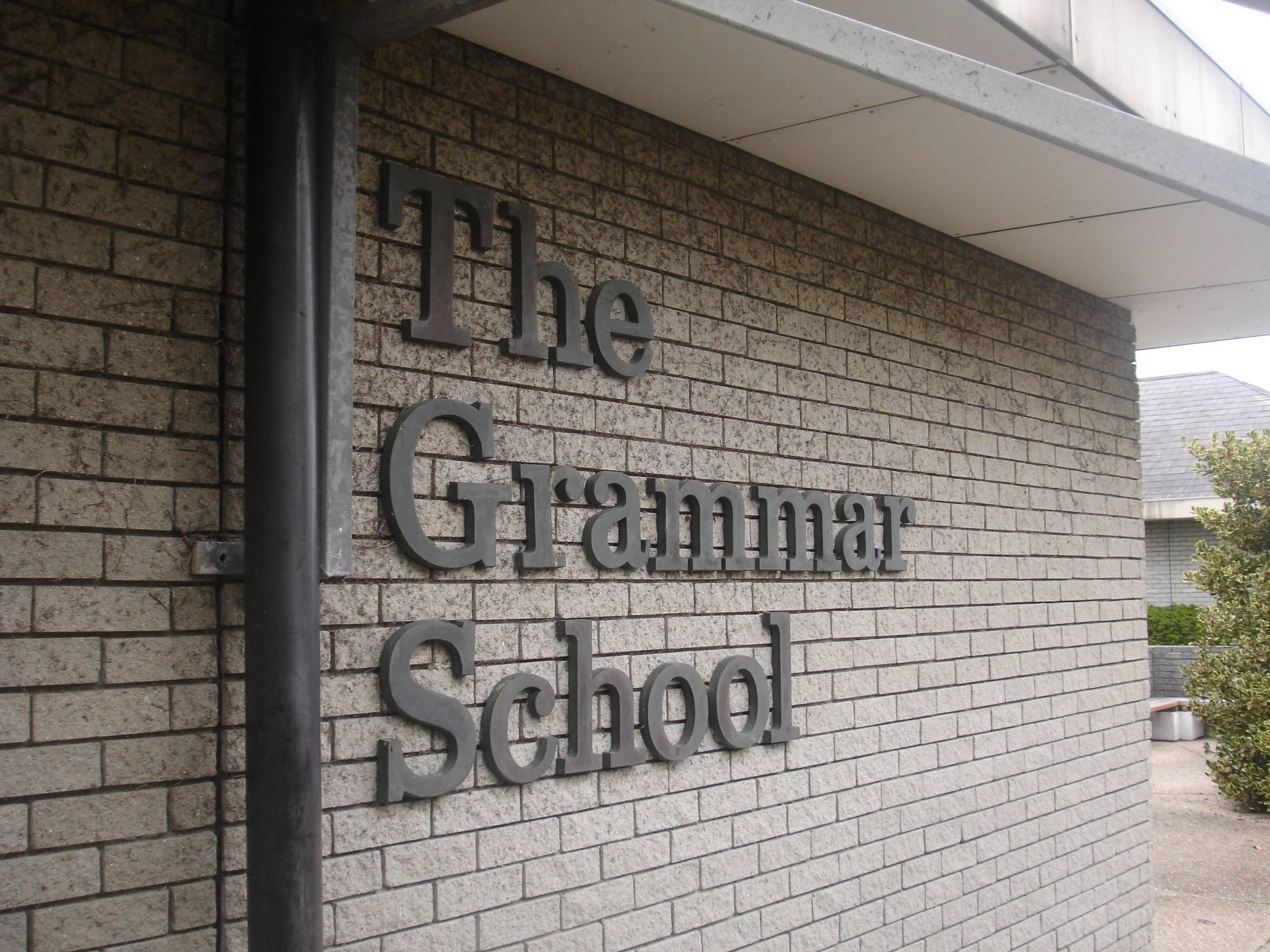Grammar is always essential, and in entrance exams it is an crucial thing that examiners look for. Learn how to spot these common mistakes, and complete the given exercises to avoid them completely.
Viewing entries in
All blogs
Over the years I've honed a selection of excellent, mostly free, online games which provide a fun way to get better at maths and English. Useful for preparing for 7+, 11+ and 13+.
A reading list organised by age and difficulty, geared to expand students' vocabulary and grammar.
The 11+ comprehension can be hard to prepare for, but most papers tend to ask the same types of questions year after year. Here I outline the four most common question types and explain how to answer them.
The 13+ usually refers to an entrance exam taken by children in Year 8 who plan to enter a new school in Year 9. However, "13+" can mean a few different exams which need to be prepared for differently. Read on to find out more.
More and more schools are requiring applicants to take pre-tests well in advance of the usual entrance exams. Read on to learn exactly what they are and how to prepare for them.
So your child is approaching secondary school age, and you think you might like to switch to an independent school or a grammar school. Read on to get an overview of the different exams and assessments you'll be facing.
At its heart, the 11+ is an exam taken by children aged 10-11 who plan to enter a school at Year 7. The 11+ exam is taken in Year 6, typically in January. However, "11+" is an umbrella term which can apply to any of the following...
Grammar schools are state funded schools which achieve outstanding academic standards while being free to attend. Compared to expensive private schools, they are often an attractive option. Read on to find out about their entrance requirements.
What are prime factors, and what can you use them for? Here I explain how prime factor trees can help you answer certain kinds of entrance exam questions. Features 11+ questions from St Paul's Girls' School and the London Consortium.
Studies show that children slip backwards by an average of around 2 months' learning during the summer holidays. However, just a little bit of work can avoid this effect. Read on to see my suggestions.
An interesting spot the difference puzzle - can you see which shape is the odd one out?
In June 2015 students were outraged by this particularly hard probability question. Read on to see the question and my answer to it
Some excerpts of collaborative student story writing where they have had to include a word from their vocabulary bank in each sentence.
Richard Feynman has a gift for explaining intricate concepts. Click through to see a video of him explaining the difference between naming and understanding, and to read my thoughts.
When I come across a particularly interesting and/or tricky maths problem, I add it to this bank. The collection spans across 11+, 13+ and 16+ / GCSE questions.
Learning only happens when brains are kept active. Passively reading through your notes or copying out of a textbook is a very inefficient way of absorbing information. Active notes is a style of note-making which is designed to keep your mind as awake as possible, with excellent results. Read on to see how it works.
Prime numbers lie at the heart of many of the most interesting questions that crop up during 10+, 11+ and 13+ maths entrance exams. And they'll continue to be at least somewhat relevant right the way up to A-level. Read on for a fun lesson plan to get children aged 8 - 11 thinking about primes.
Exams getting close? Check that you know these key facts for 11+ maths - it's not intended to be an exhaustive list, but it's a great start.
Expanding vocabulary can be challenging, and some students find it hard to sit down and write a whole story on command. This blog post explains a fun way to get students interested in writing, and gets them working hard on their vocabulary too.




















